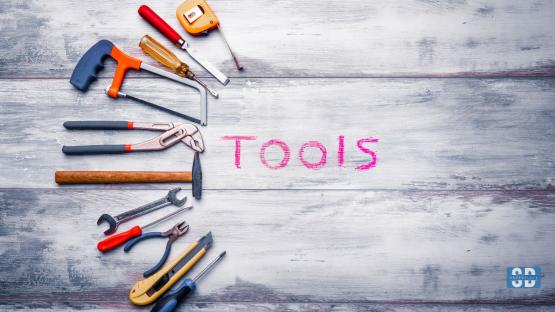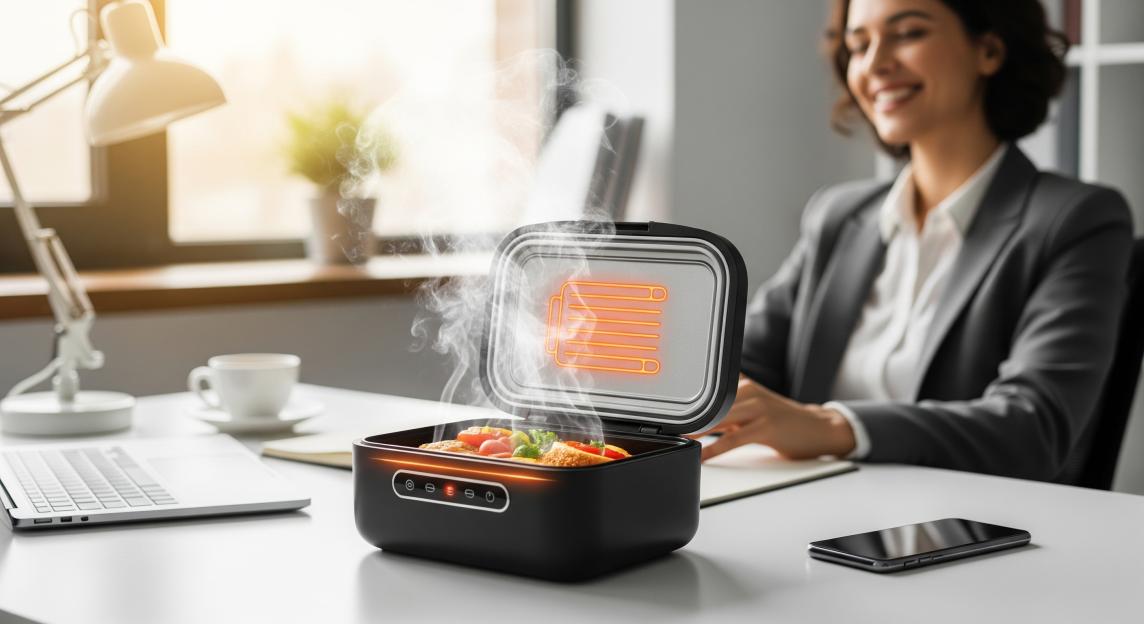When disaster strikes â whether it’s a massive storm, a power outage, or something less predictable â being prepared isn’t just smart, it’s absolutely essential.
You’ll want to have a solid plan in place, a well-stocked supply kit, and a clear strategy to help your family navigate the initial disaster response and the subsequent recovery.
Here’s a list of key tools to ensure you have what you’ll need in an emergency
1. Reliable Illumination
Power outages are common and can immediately disrupt your household. To manage these sudden challenges effectively, it’s essential to have reliable illumination nearby in the core areas of your home and within your emergency kit. Oftentimes, there’s little to no warning for a power outage, so don’t strand yourself in the dark without a flashlight or an LED headlamp within reach. This foresight could dramatically reduce stress and enable better problem-solving during an unexpected blackout.
Ensure you’re effectively prepared by strategically distributing small, powerful illumination in common areas and bedrooms. Look for rechargeable flashlights, wearable headlamps, and stationary lighting to light a space. Keeping extra batteries and chargers with each illumination source is key. This resourceful planning helps you maintain functionality and avoid an unnecessary search effort, allowing you to focus on the immediate situation more calmly.
2. Multi-Use Tools
Highly functional tools that are easy to store and useful for many applications are critical for your kit. The multi-tool that includes pliers, a knife, and a screwdriver easily stows away while offering strength and durability when in use. Larger tools like a wrench and pliers may still be needed for bigger jobs, such as shutting off utilities. Keep plenty of nails and screws in your kit so for boarding windows and making repairs.
To truly maximize their utility, be strategic about where you keep these tools, and consider investing in duplicates to ensure their availability. Include a crowbar in your safety equipment and your regular tool storage. This foresight can be invaluable in the event that you’re unable to get your emergency kit but are able to reach your garage, emphasizing the importance of contingency planning. Include flexible items like an adjustable wrench, interchangeable screwdriver, zip ties, and a utility knife. In an emergency, you may need to rely on adaptability and resourcefulness using these tools to secure shelter, open doors, and make repairs.
3. A Stash of Flexible Materials
Think beyond traditional tools and embrace a MacGyver-like ingenuity. Items like duct tape, plumbing putty, and even cutting-edge sandbags that don’t require sand can be your saving grace for many situations, conserving space in your kit. Store these in a water-tight container to preserve their integrity, ensuring they’re reliable when critical moments arise.
Similarly, consider the versatility of materials such as plastic sheeting, canvas, drop cloths, and moving blankets. These pull triple duty for a one-time investment, readily providing shelter, cushion, bedding, or even helping repair damage to your home. Always keep multiple types of rope and paracord in your kit, along with a reliable means to cut them. And don’t underestimate the humble garbage bag â it holds more than waste, capable of becoming a makeshift poncho or a crucial water barrier for sleeping bags, demonstrating true adaptability in a pinch.
4. Backup Power
One challenge that truly tests your preparedness is finding yourself without traditional power for days or even weeks. If you’re in an especially disaster-prone area where hurricanes and tornadoes are common occurrences, consider investing in a generator. While a significant financial commitment, this strategic decision can be a literal lifesaver in a natural disaster, allowing you to maintain essential functions. Beyond generators, keep a suite of reliable battery backups for key items and all necessary cords to ensure their functionality. Relatively affordable travel battery packs are also excellent additions, easily stored alongside your flashlights.
Extended periods without power call for resourcefulness. A portable solar charger may prove invaluable in such situations, effectively extending battery life. Don’t overlook staying informed; a hand-crank radio will keep you connected to vital weather and disaster response updates, enhancing your situational awareness. Lastly, familiarize yourself with low-power settings on your digital devices and flashlights. This proactive planning helps conserve power quickly when every watt counts.
5. Food, Water, and Necessary Prep Supplies
When disaster strikes, maintaining access to essential nutrition, hydration, and health in a disaster is crucial. Focus on storing nutrient-dense, versatile, shelf-stable foods that require little preparation, such as beans, chickpeas, and canned meat or fish â they’ll keep everyone fed. While emergency food and prepackaged kits are convenient, your priority is nourishment and hydration. Keep the necessary food for your family members, with consideration for children’s tastes; you might stomach canned tuna, but your toddler likely won’t. Nutrition bars are great for filling gaps and offer kid-approved flavors. Be sure to apply good foresight by packing all necessary medications and cycling them out to manage expiration dates.
Hydration is equally critical, and with a bit of strategic thinking, you can be adequately prepared for an emergency. Store gallons of water in single-gallon or 5-gallon jugs (like those for a water cooler), dedicating this supply for both drinking and personal hygiene. This helps significantly reduce the risk of illness or dehydration. Pack multiple life straws in your kit, providing a portable means to supplement hydration needs. For truly comprehensive planning, ensure you pack one for every family member, so everyone is equipped for any scenario.
Prepare, Refresh, and Revise Your Emergency Kit as Part of Your Household Maintenance Routine
Your emergency kit is only as good as its readiness for a disaster. This requires diligence and a commitment to ongoing maintenance on your part. Just like other vital things in your home, establish a regular cadence to check and refresh your supplies. Ensure water and food supplies are refreshed every six months, and medications are rotated out before they expire. Don’t forget to test batteries, flashlights, and battery backups, recharging them as needed so they’re always ready to go. Keep all items stored in a waterproof bin that’s easily accessible, perhaps on an elevated shelf for extra protection. Adaptability is key; update your kit as your family changes, adjusting supplies based on ages, health needs, and family member count.
Beyond the physical kit, strong communication and collaboration within your family are invaluable to your family’s preparedness. Speak openly about your emergency plan, encouraging everyone to share ideas and concerns. This vital dialogue will help ease anxiety and significantly reduce confusion when a disaster strikes, fostering a sense of calm. Through this shared understanding, you’ll enhance your collective resilience, ready to weather any storm and conserve your resources for whatever life brings your way.







